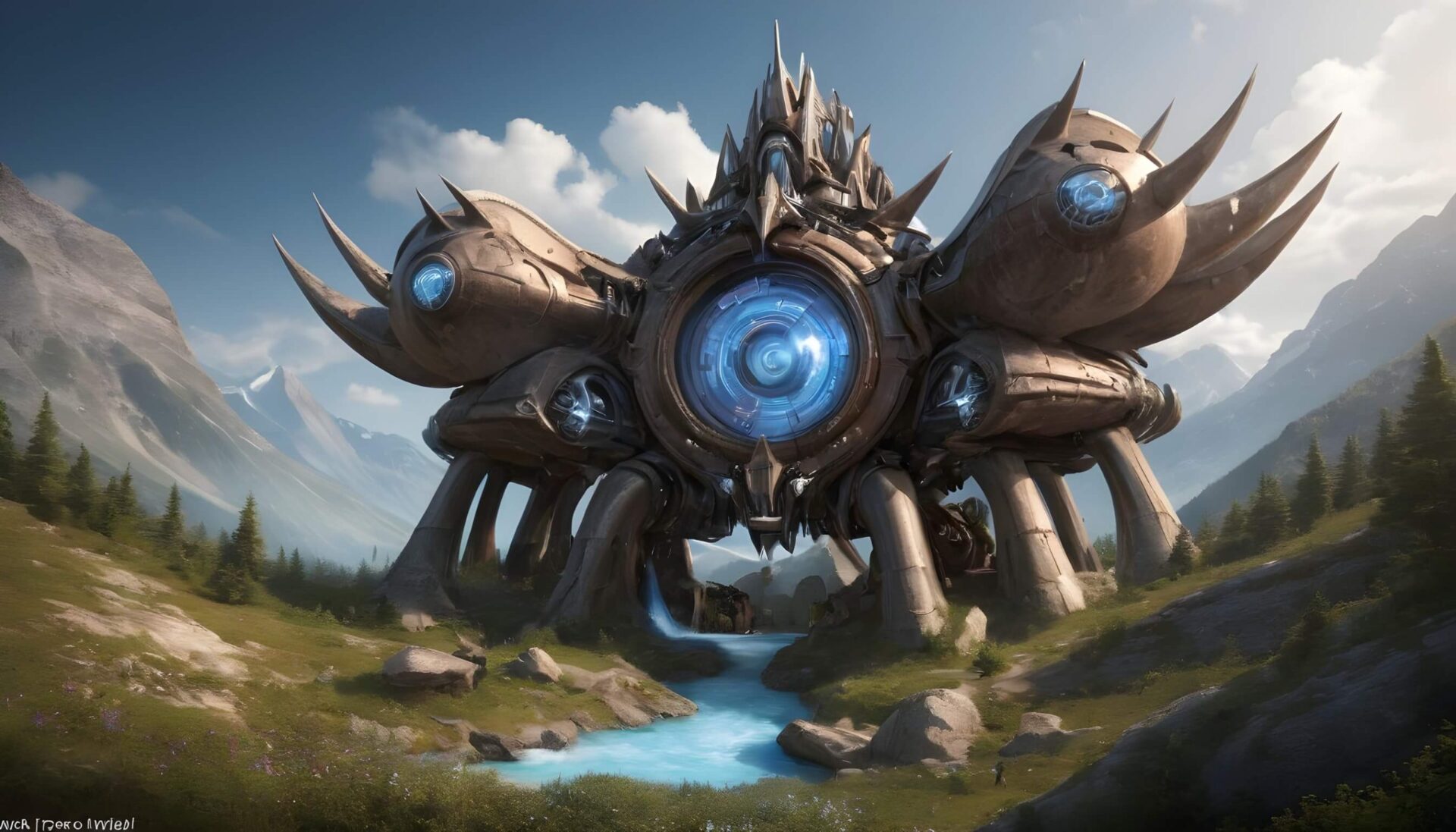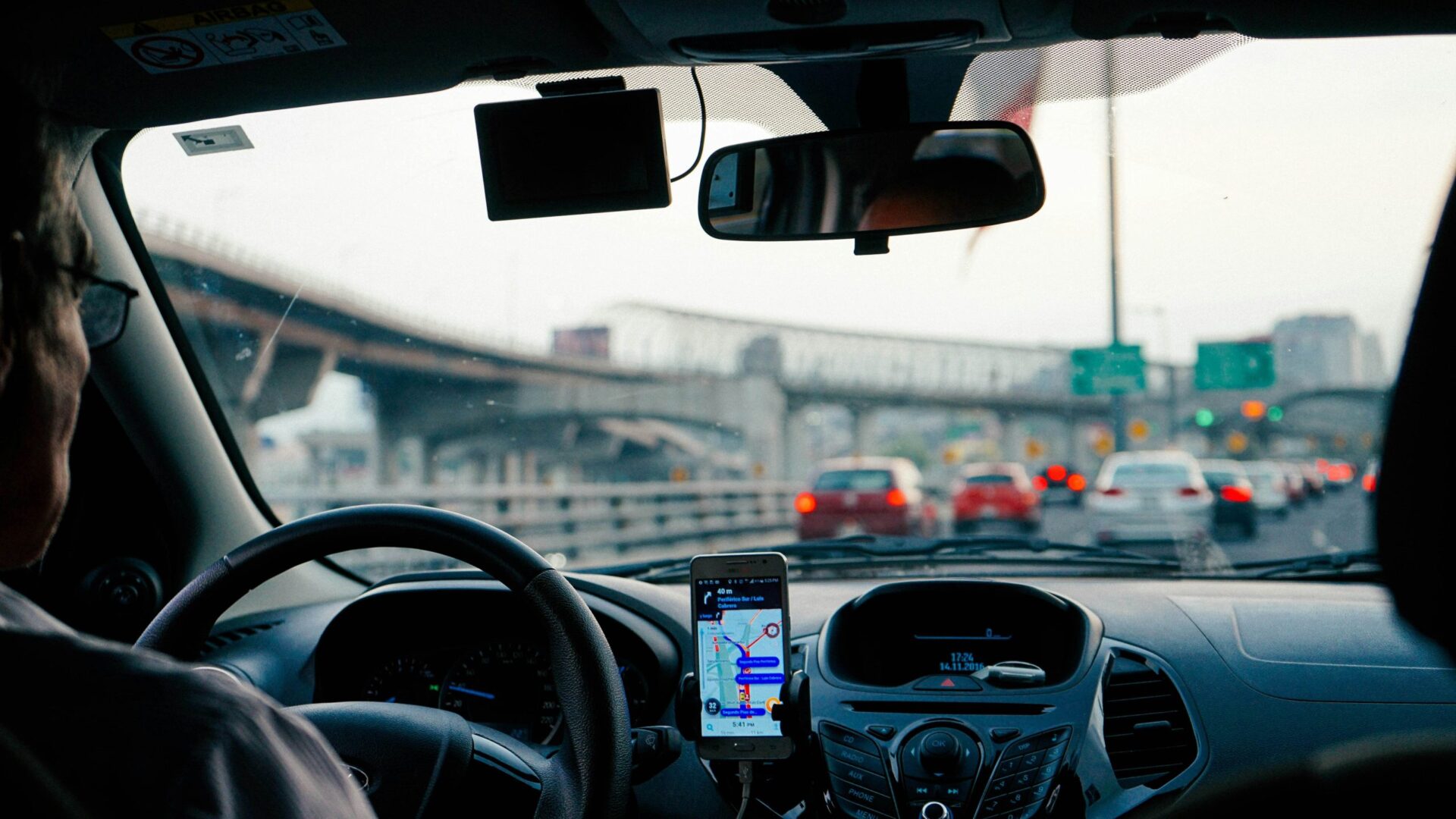Imagine your product development process as a thrilling expedition into uncharted territory. Your goal is to unearth a groundbreaking product that solves a real problem and disrupts the market. But just like any expedition, the path to innovation is fraught with hidden dangers. These dangers – innovation traps – can derail your product, leaving you with wasted resources and disappointed customers.
So, how do you navigate these traps and emerge victorious? Let’s explore some common pitfalls and equip you with strategies to overcome them:
Trap #1: The “Feature Factory” Frenzy

This trap ensnares teams that prioritise adding features over addressing core user needs. Here, the development process becomes a relentless pursuit of “bells and whistles,” neglecting the fundamental question: what problem are we solving?
Escape Route: Focus on user-centred design. Conduct thorough user research to understand your target audience’s pain points and frustrations. Don’t just gather data – truly empathise with your users. Develop personas that capture their needs, desires, and behaviors. Prioritise features that directly address these needs, creating a product that offers a truly valuable user experience. Remember, sometimes the most innovative solution is the simplest one that elegantly solves a core user problem.
Trap #2: The Waterfall Waterfall

The traditional waterfall approach to product development – a rigid, linear sequence of planning, designing, building, and launching – can be a recipe for disaster. In this trap, unforeseen challenges and market shifts often go undetected until it’s too late to adapt. Imagine spending months meticulously crafting a product based on outdated market data, only to discover upon launch that your solution no longer resonates with your target audience.
Escape Route: Embrace agile methodologies! Break down product development into smaller, iterative cycles. Build minimum viable products (MVPs) – stripped-down versions of your product with core functionalities. Get these MVPs in front of real users early and often. Gather user feedback through surveys, usability testing, and A/B testing. Be willing to pivot based on real-world data. This allows for continuous improvement and ensures your product remains relevant throughout the development process. Think of it as charting your course in real-time, adjusting sails based on the prevailing winds of user feedback and market trends.
Trap #3: The “Solution in Search of a Problem” Swamp

Sometimes, teams fall in love with a specific technology or design solution before clearly defining the problem they’re trying to solve. This “solution-first” approach leads to products that lack market fit and fail to resonate with users. Imagine pouring all your resources into building a cutting-edge, voice-activated shoehorn, only to discover that the market simply doesn’t have a pressing need for such a product.
Escape Route: Start with the problem! Do in-depth market research to find opportunities and unmet needs. What are your target users struggling with? What frustrations can your product alleviate? Only then, explore potential solutions that can effectively address those needs, ensuring your product solves a real problem for a real audience. It’s like meticulously studying a map to identify the most efficient route to your destination, ensuring your solution directly addresses the user’s needs.
Trap #4: The “Fear of Failure” Chasm

Fear of failure can be a paralysing force, hindering innovation and experimentation. In this trap, teams shy away from bold ideas, clinging to the familiar for fear of taking risks. Imagine a team with a revolutionary product concept, but so afraid of rejection that they never bring it to market.
Escape Route: Cultivate a culture of learning and experimentation. Encourage your team to explore new ideas, celebrate small wins, and view failures as valuable learning opportunities. Remember, some of the most successful products in history emerged from taking calculated risks and learning from mistakes. Create a safe space for brainstorming and exploration. Foster a supportive environment where innovative ideas can flourish and be refined through constructive feedback.
Beyond the Traps: A Thriving Product Development Ecosystem
By recognising and avoiding these innovation traps, you can create a thriving product development ecosystem. Here, user-centricity reigns supreme, agile methodologies guide progress, and a healthy dose of calculated risk-taking fosters groundbreaking ideas. This is where truly innovative products are born, ready to disrupt the market and delight your customers.
So, are you ready to embark on your product development expedition? Equip yourself with these strategies, navigate the traps, and emerge with a revolutionary product that truly makes a difference. Remember, the most successful product journeys often begin with a clear understanding of the pitfalls that lie ahead, a deep empathy for your users, and the willingness to adapt your course based on real-world data and user feedback.





